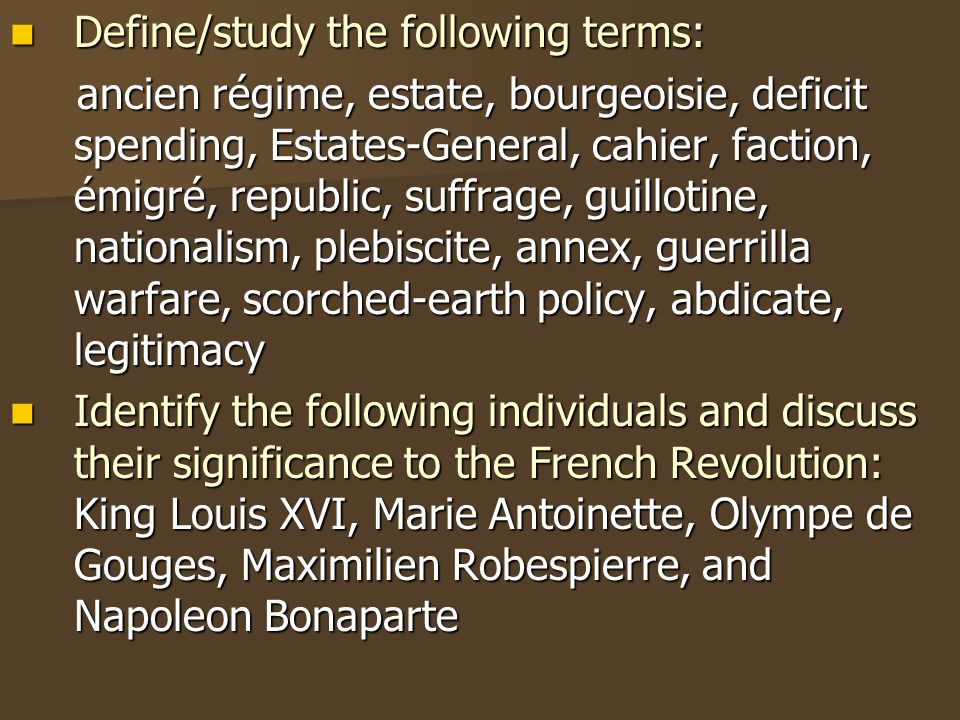
In War and Peace (written in 1865-1869, in part about Napoleon's invasion of Russia), Leo Tolstoy says that guerrilla warfare is named after the Guerrillas in Spain. It derives from the Old High German word Werra or from the middle Dutch word warre adopted by the Visigoths in A.D.

Guerrilla (Spanish pronunciation: ) is the diminutive of the Spanish word guerra "war", literally "little war".

Picture - Statue of Juana La Galana in Valdepex±as, Spanish woman guerrillera It was also effectively used by Tatya Tope and Rani Laxmibai in the Indian Rebellion of 1857, as well as by Pazhassi Raja of Kerala to fight the British. In India, Marathas under leadership of Shivaji used it to overthrow of the Mughals. Most factions of the Taliban, Iraqi Insurgency, Colombia's FARC, and the Communist Party of India (Maoist) are said to be engaged in some form of guerrilla warfare-as was, until recently, the Communist Party of Nepal (Maoist). The tactics of guerrilla warfare were used successfully in the 20th century by-among others- Mao Zedong and the People's Liberation Army in the Second Sino-Japanese War and Chinese Civil War, Fidel Castro, Che Guevara and the 26th of July Movement in the Cuban Revolution, Ho Chi Minh, Vo Nguyen Giap, Viet Cong and select members of the Green Berets in the Vietnam War, George Grivas and Nikos Sampson's Greek guerrilla group EOKA in Cyprus, Paul Emil von Lettow-Vorbeck and the German Schutztruppe in World War I, Josip Broz Tito and the Yugoslav Partisans in World War II, and the antifrancoist guerrilla in Spain during the Franco dictatorship, the Kosovo Liberation Army in the Kosovo War, and the Irish Republican Army during the Irish War of Independence. The term means "little war" in Spanish, and the word, guerrilla, has been used to describe the concept since the 18th century, and perhaps earlier.

Guerrilla warfare is a form of irregular warfare and refers to conflicts in which a small group of combatants including, but not limited to, armed civilians (or "irregulars") use military tactics, such as ambushes, sabotage, raids, the element of surprise, and extraordinary mobility to harass a larger and less-mobile traditional army, or strike a vulnerable target, and withdraw almost immediately. Picture - The Spanish guerrillero Juan Martxn Dxez, known by his nom de guerre, El Empecinado.


 0 kommentar(er)
0 kommentar(er)
